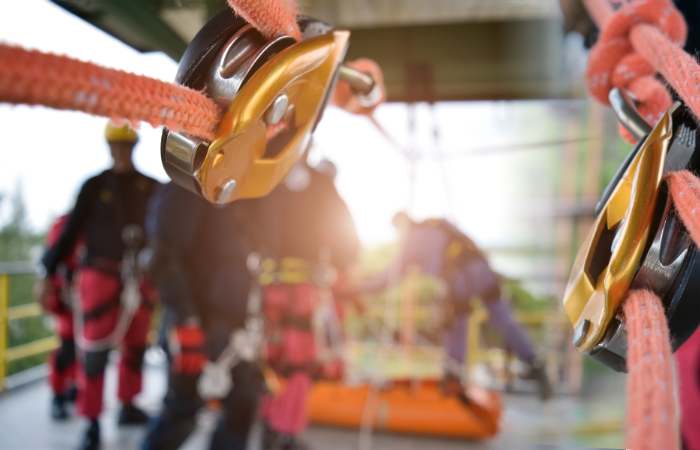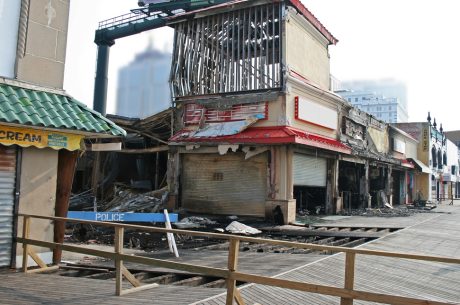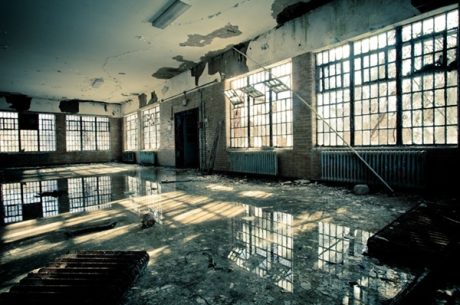When disaster strikes, it can leave you feeling helpless and overwhelmed. But with proper preparation and recovery strategies in place, you don’t have to be left unprepared. A well-thought-out plan is key to making sure your family or business is able to bounce back from unexpected disasters.
In this article, we’ll provide valuable insight into how to prepare for and recover from surprise calamities.
1. Anticipate Risk when Disaster Strikes
Anticipating risks from unexpected disasters is critical for the safety and well-being of any organization. A comprehensive risk assessment should be conducted to identify natural disasters, hazardous materials, or other potential threats that could cause financial loss, infrastructure damage, or even death.
The analysis should include both short-term and long-term consequences on the local community as a result of such an event. Understanding these threats helps organizations prepare adequately in order to mitigate potential damages. Additionally, having knowledge of past events can help determine what preventive steps need to be taken in order to prevent similar occurrences in the future.
2. Develop an Emergency Plan
Developing an emergency plan is essential for effective disaster preparedness. Here are some steps to help you create a comprehensive emergency plan:
- Establish a Planning Team: Form a team that includes key individuals from various departments or areas of your organization. This team will be responsible for developing and implementing the emergency plan.
- Identify Potential Disasters: Conduct a thorough risk assessment to identify the types of disasters that are most likely to occur in your area. Consider natural disasters such as earthquakes, floods, hurricanes, or wildfires, as well as human-made emergencies like fires, chemical spills, or power outages.
- Assess Vulnerabilities: Identify the vulnerabilities within your organization or community that could worsen the impact of a disaster. This may include critical infrastructure, essential equipment, or populations with special needs.
- Establish Emergency Procedures: Create detailed procedures for responding to each type of disaster. Include evacuation plans, communication protocols, emergency contacts, and roles and responsibilities for each team member. Ensure that the plan is well-communicated to all employees or residents and regularly reviewed and updated.
- Prepare Emergency Supplies: Assemble emergency supply kits that include essential items such as first aid supplies, non-perishable food, water, flashlights, batteries, blankets, and a battery-powered radio. Store these supplies in a designated area that is easily accessible during an emergency.
- Coordinate with External Partners: Establish relationships and communication channels with local emergency services, water damage restoration services, government agencies, community organizations, and neighboring businesses. This collaboration will facilitate a coordinated response and resource sharing during a disaster.
- Train and Drill: Regularly train employees or community members on emergency procedures and conduct drills to ensure everyone understands their roles and responsibilities. Practice scenarios related to different types of disasters to improve response capabilities.
3. Prepare Supplies and Resources
Having the right supplies and resources is essential when unpredictable disasters strike and can even be the difference between life and death. Here are some key items you should have on hand:
Disaster Supplies:
– Emergency Items: flashlights, batteries, first aid kits, fire extinguishers, etc.
– Backup Power: generators, solar panels, or other renewable energy sources.
– Essential Food: canned goods and other non-perishable food items.
– Emergency Shelter: tents, sleeping bags, and blankets.
Having these items readily available will help ensure that your family is safe in an unforeseen situation. Additionally, making sure all of these are properly maintained is a crucial part of being ready for any type of disaster. Knowing where they’re located and how to use them could make all the difference during times of crisis.
4. Determine Evacuation Procedures

When disaster strikes, individuals must be equipped to evacuate quickly and safely. Evacuation protocols are essential in mitigating potential harm during an emergency situation. It is important to plan ahead and practice drills regularly so that everyone knows the correct evacuation routes and procedures when needed. Below is a table outlining key components of effective evacuation plans:
|
Component |
Definition |
Action Items |
|
Emergency Exits |
Routes identified for safe exit from building or area |
Identify exits; post signs with directions inside facility |
|
Evacuation Routes |
Paths designated for exiting the dangerous zone |
Designate paths leading away from danger zone; create maps/diagrams illustrating routes; post signage along route detailing distance and direction of specific destinations. |
|
Evacuation Plans & Drills |
Strategies used to prepare people for evacuating during emergencies |
Develop comprehensive plan accounting for all personnel needs; hold safety drills at least twice yearly to ensure familiarity with protocols. |
Organizations must have a clear understanding of their evacuation protocol prior to any disastrous event occurring. This knowledge can help reduce confusion and panic while allowing people to focus on getting themselves out of harm’s way as soon as possible. Having an established procedure also helps alleviate stress by ensuring staff knows what steps need to be taken in order to achieve a successful evacuation.
5. Look for Recovery Assistance
Disaster recovery assistance is designed to provide financial aid, emotional support, as well as any other form of relief needed for victims in order to rebuild their lives.
Here are some things you should consider when seeking out recovery assistance:
- Look into local government and federally funded disaster relief grants or loans that may be applicable.
- Research potential private funding sources such as charities and non-profits who may offer specialized assistance depending on the situation.
- Find out if your insurance policy covers certain types of disasters, so you know what type of coverage you have access to.
- Locate community resources like counseling centers or churches that may offer additional forms of support during this difficult time.
No matter how overwhelming the process might seem at first, remember that numerous organizations exist specifically to help those affected by disasters. Take advantage of the resources available; it’s important to start rebuilding soon after the event has passed. Be sure to reach out for help if needed – don’t try to go through this alone.
Conclusion
All in all, being aware of possible risks ahead of time is critical in preventing tragedy while also making sure you are fully equipped should something unexpected arise. With the right knowledge and preparation, we can all work together towards reducing our vulnerability during these trying times – no matter where we live or what type of disaster strikes us.




 PuroClean of Ft. Lauderdale South
PuroClean of Ft. Lauderdale South